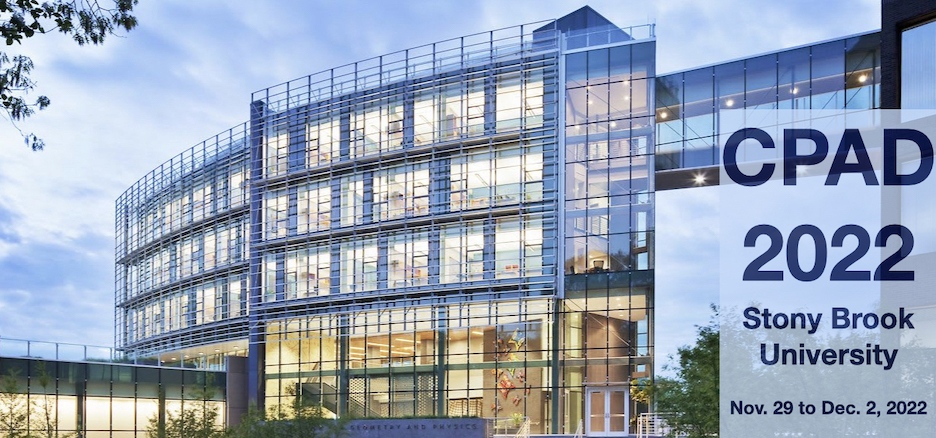Speaker
Description
Improved quantum sensing of photons from astronomical objects could provide high resolution observations in the optical benefiting numerous fields in astrophysics and cosmology. It has been recently proposed that stations in optical interferometers would not require a phase-stable optical link if instead sources of quantum-mechanically entangled pairs could be provided to them, enabling extra-long baselines, and potentially improving the astrometrical precision by orders of magnitude. The basic observational event will be the registration of two photons in the system close enough together in time and frequency to be in the same temporal mode, and so be indistinguishable. This will require spectrometers with sub-nm spectral and sub-ns timing resolution with single photon sensitivity.
In this contribution we describe the initial characterization of such a spectrometer based on a linear array of 512 SPAD pixels, LinoSPAD2, produced in EPFL, Switzerland. We employ a thermal argon source with narrow spectral lines to measure the scale, linearity and spectral resolution of the spectrometer and use a spontaneous parametric down-conversion source of simultaneous single photon pairs to measure the timing resolution and energy correlations of the two photons. The achieved spectral and timing resolutions are correspondingly 0.1 nm and 50 ps. Preparations are in progress to test the spectrometer on a telescope using starlight.

